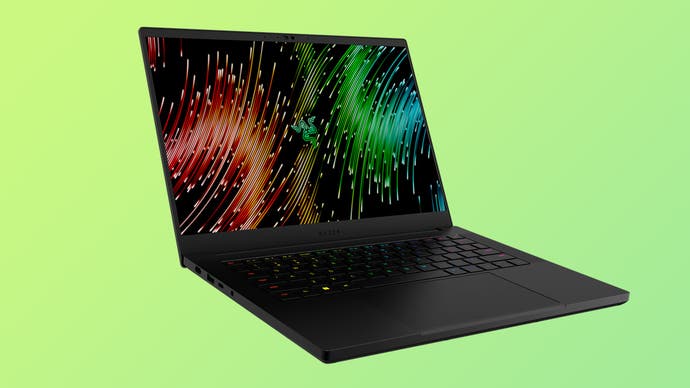AMD Ryzen 9 7940HS review: does AI hardware make a difference?
The new accelerated-AI Razer Blade 14 put through its paces.
The AMD Ryzen 9 7940HS and Razer Blade 14 are both fascinating pieces of technology in their own right - but both are lumbered with a sense that they're asking slightly too much at this stage.
The 7940HS delivers commendable performance in traditional CPU-heavy tasks, like low-res gaming, 3D rendering and video transcoding, and its pairing with the RTX 4070 produces strong gaming performance at its native 1600p as well. The addition of AI acceleration is also promising in performance terms, but the issue is that few applications have been updated to take advantage of this new functionality at this stage, beyond the admittedly-useful Topaz AI applications. What applications I did try - an AI image tagging demo app I needed to compile myself and a host of webcam functions built into Windows - are unfortunately of questionable utility and can be done elsewhere to greater effect (Google Photos for the former, Zoom and basically every other video calling app for the latter).
Still, it's clear that a huge number of applications and games are being updated with AI in mind, so if AMD are able to incentivise developers to make use of the AI hardware acceleration of the 7940HS and its sucessors, having this tech could become a really nice selling point. That's a big if, and by the time any kind of hardware standard has evolved to the point that mainstream developers are actively targeting it, the 7940HS and the laptops it inhabits are likely to have been superceded by cheaper/faster/better models.

Speaking of the Blade 14, this machine is seriously impressive. There is a huge amount of horsepower available here, with the AMD CPU, Nvidia GPU and cooling-packed chassis combining to produce strong frame-rates that truly take advantage of the 1600p 240Hz display - not an easy task. Frame Generation tech, a la DLSS 3 and FSR 3, ought to expand the number of titles that the machine is able to handle fairly significantly, especially if both Nvidia and AMD continue pushing their respective solutions. That's great for consumers, even if most of them aren't in the market for a gaming laptop that starts at £2500.
For those lucky people that can afford such a luxurious machine, the Blade 14 is a lovely piece of kit - well-built, good-looking and performant. The power cable might be a bit awkward, the keyboard might be a bit shallow, the fan noise can be annoying - but it's hard to recommend another 14-inch gaming laptop that beats the Blade 14 convincingly in any arena other than price.
For everyone else, we will see this level of performance - and AI capabilities - at a lower price. The only question is how many years it'll take for both to become truly mainstream.
